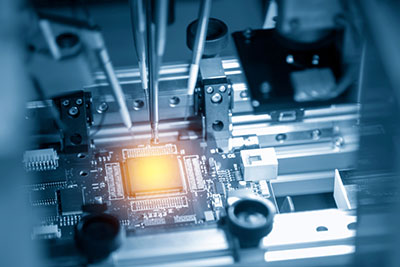About PCBs production, A Printed Circuit Board is more of an electrical circuit whose conductors and components are within a mechanical structure. Printed Circuit Boards not only support but also electronically connect elements found in electronic devices, and with the constant changing technology, so does PCBs change.
Technological changes affect almost everything across the globe, and PCBs are not left out. In turn, it puts pressure on PCB manufacturers to cope with the latest market trends. As a result, this pressure affects PCBs’ prices, and this article will cover in detail how these different technologies affect PCB costs.
Contents
- 1 1. How to Choose the Material Cost of PCB
- 2 2. PCBs Production-How PCB Size is Affecting Production Costs
- 3 3. PCBs Production– Key Factors in PCB Cost: The Number of Layers
- 4 4. PCBs Production– How to Make Exclusive PCB Customization
- 5 5. PCBs Production—PCBs Production– Aspect Ratio and PCB Thickness
- 6 6. PCBs Production—PCBs Production– PCBs Minimum Space and Trace
- 7 Conclusion
1. How to Choose the Material Cost of PCB
Materials used during the manufacture of a circuit board will invariably affect/impact its cost. Standard or conventional PCBs are laminated using FR4 equipment. However, the FR4 document doesn’t suffice for PCBs meant for high-intensity use, such as those common in fuel industries, aerospace, and control systems.
Some of the factors that impact material selection include thermal reliability, heat transfer, temperature reliability, mechanical properties, and signal performance. Right material used in the manufacture of PCBs must pass the above tests, a reason why the cost might be higher than usual.
If the board can withstand high-intensity loads, then the cost of procuring them will be slightly more costly than the rest. Still, if the circuit board can withstand a wide range of temperature changes, among others, expect them to be a bit expensive.
Boards with materials that can facilitate uninterrupted electrical signals while in operation, in addition to withstanding a wide range of physical stresses, will be costly. As a rule of thumb, activities that require higher frequencies will demand materials of a very high grade than the standard or conventional FR4.
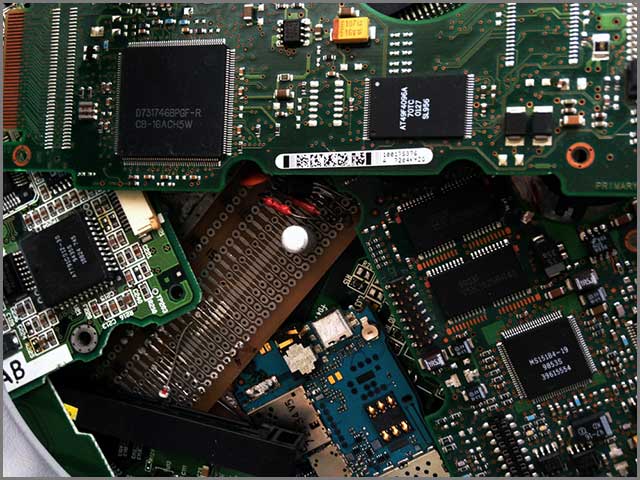
2. PCBs Production-How PCB Size is Affecting Production Costs
Panel utilization and PCBs size constitute crucial factors that affect its price. The number of circuits needed for its corresponding device always determines the size. A PCB meant for something small such as a phone, or digital watch needs fewer components and will ultimately be less costly to manufacture.
However, those meant for a laptop or a computer are often huge and require a lot of time and other resources. In the manufacture of PCBs, some of the most common dimensions include 18 X 24″ (457 x 610mm) and 18 X 21″ (457 x 533mm).
Another popular dimension that many PCB users highly request is the 21 X 24″ (533 x 610mm) dimension or measurements. The space consumed by the components on a PCB will also affect its price, with PCBs with huge dimensions costing more.
For example, a PCB board with 18 x 24 consumes more space than an 18 x 21 board and is costly. In short, the bigger the size of a PCB, the more material is needed to manufacture it, meaning that its cost will be higher.
However, technology is rapidly changing and impacting how manufacturers try to reduce the size of the PCBs and lower their costs. Put in short, the dimension of a PCB design is one of the main determining factors that impact the overall price of the PCB.
Even if a firm manufacturers small-sized PCBs at high volumes, the total cost is less than low-volume large printed circuit boards.
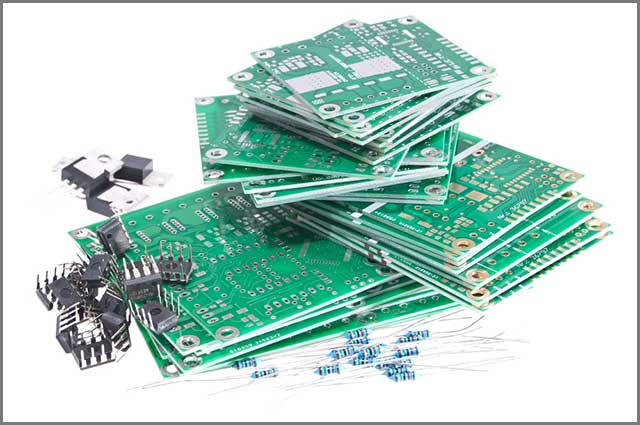
3. PCBs Production– Key Factors in PCB Cost: The Number of Layers
Another huge factor determining the price of a circuit board is the number of layers in a PCB. The materials involved during manufacturing and overall resolve pricing differences; thick PCBs require more time and work.
Overall, the cost increases based on layer-by-layer and is as below:
- 10L – 12L: 20 -30%
- 8L – 10L: 20 – 30%
- 6L – 8L: 30 -35%
- 4L – 6L: 30 – 40%
- 2L – 4L: 35 -40%
- 1L – 2L: 35 -40%
A majority of significant increases in the cost of manufacturing are likely when a second layer gets added on the board. But again, cost increases are somewhat less steep when a given design crosses or goes over the eight-later threshold.
As a layer gets added, more production steps are involved, so its cost might be high compared to the rest. Depending on the materials used in a given PCB design, more layers might be needed to ensure a stable composition.
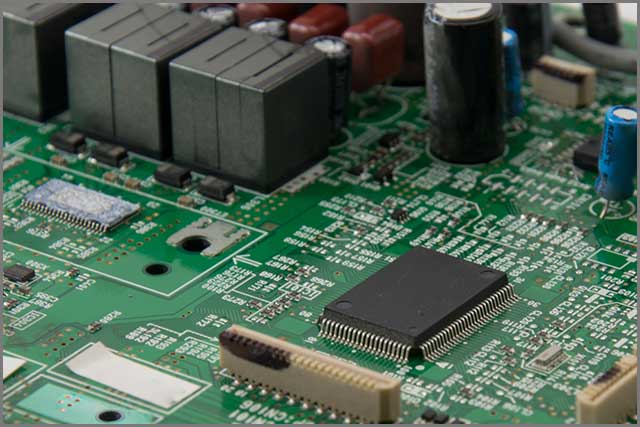
4. PCBs Production– How to Make Exclusive PCB Customization
The unique design that goes into the production of a PCB also affects its price. If you visit a PCB maker with custom specifications, expect the amount to be a bit higher than a conventional printed circuit board.
Custom specifications are known for raising the production costs, even if the board is small and probably consisting of a single or two layers. The most significant determining factor that sees prices increasing is whether some features need special tools or other skills to achieve.
Some examples of unique or custom specifications that many people ask for include solder mask clearance and side-plating. That’s not all. Other users demand their boards to have contoured edges, an aspect that raises their prices.
CUstom features need specialized skills and technicians to produce. Sadly, there aren’t plenty of them around, thereby increasing production costs. If your design is challenging to build with a few PCB makers only having an idea, the price will be high.
Hard-to-manufacture PCBs require specialized tools and time. For instance, if your board needs precise holes of some unusual size that require specific diameters, a production firm may have to procure these tools. If the manufacturing time calls for additional hours to complete, expect your board to cost slightly more after that.
With the above, there’s a high chance that your printed circuit board will be priced a little bit higher than those that lack such features.
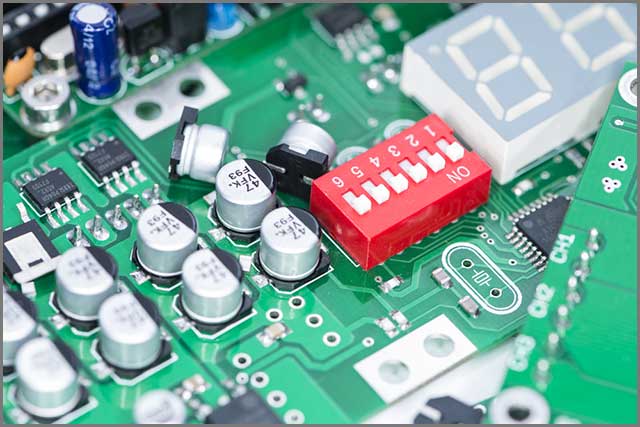
5. PCBs Production—PCBs Production– Aspect Ratio and PCB Thickness
Until recently, the thickness of PCBs played a negligible role in their cost. This situation is expected to change in the coming years. Denser materials are costlier to procure and laminate than thin materials that manufacture printed circuit boards.
If the design of the printed circuit board happens to be highly intricate, the process of laminating it might be a bit expensive. Most electronic device manufacturers and users in need of thick PCBs have reported high costs associated with them based on their thickness.
Thinner materials generally make PCBs that use them to fit into a lower cost bracket since you need less material to manufacture them. But since thickness can also be affected by the type of material used, rest assured of higher costs with PCBs made of thick materials.
Generally, the typical thickness of a PCB is 1.6mm, but with times changing, thicker boards are becoming even more expensive to procure. Also, though there has been no establishment of the industry’s going rate, PCBs made of thick materials are generally expensive to acquire.
Still, the overall price of a thicker PCB may be significantly higher, especially if it has got an increased aspect ratio. Multiple layers make the printed circuit boards slightly thicker, which makes its cost high also.
While different manufacturers of PCBs will charge you differently depending on the thickness of the board, generally, thicker boards will cost more than thin ones.
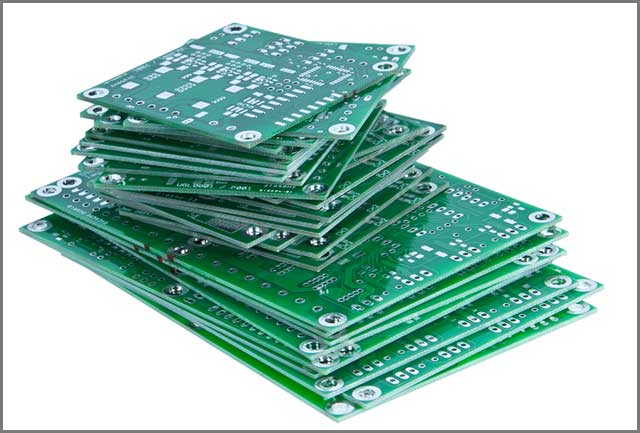
6. PCBs Production—PCBs Production– PCBs Minimum Space and Trace
For current to transfer on a PCB without the fear of some overheating and subsequently damaging the whole board, sufficient trace width must be present. On PCBs of all sizes, there’s a simple correlation between the carrying capacity and the trace width.
Of importance to note, though, is that the carrying capacity doesn’t necessarily correspond to space in the cross-section. Again, the amount of current that can be held by evidence, at maximum, is not easy to calculate, irrespective of the width of the trace.
Vias and other elements on the board can affect the carrying capacity of the current. Boards with numerous pads may experience a trace of outstanding ability. If you do not account for this factor during the soldering process, there might be some excessive cross-sectional area with the probability of transient surges occurring.
To prevent the above situations, PCB makers tend to enlarge the width of the trace or add an extra solder mask to these traces. With this and plenty of other factors, you’ll realize that the price of PCBs tends to go high than expected.
Conclusion
With the unquenchable need for PCBs, the material properties of a PCB, size, unique specifications, and thickness, among others, can significantly affect its price. It’s wise to manufacture PCB equipment beforehand to determine what will fit your needs. At WellPCB, we work with every customer to ensure that they can get their boards the way they need and want them to be.
